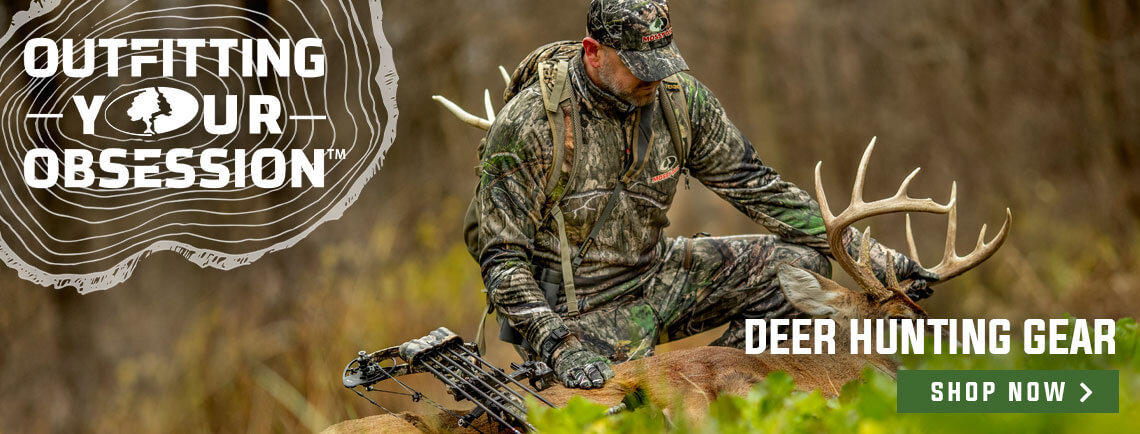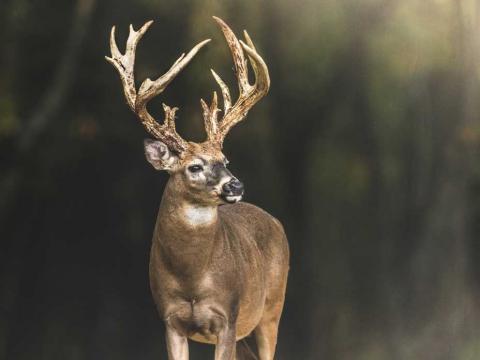Brodie Swisher
“Rattling doesn’t work where I live.”
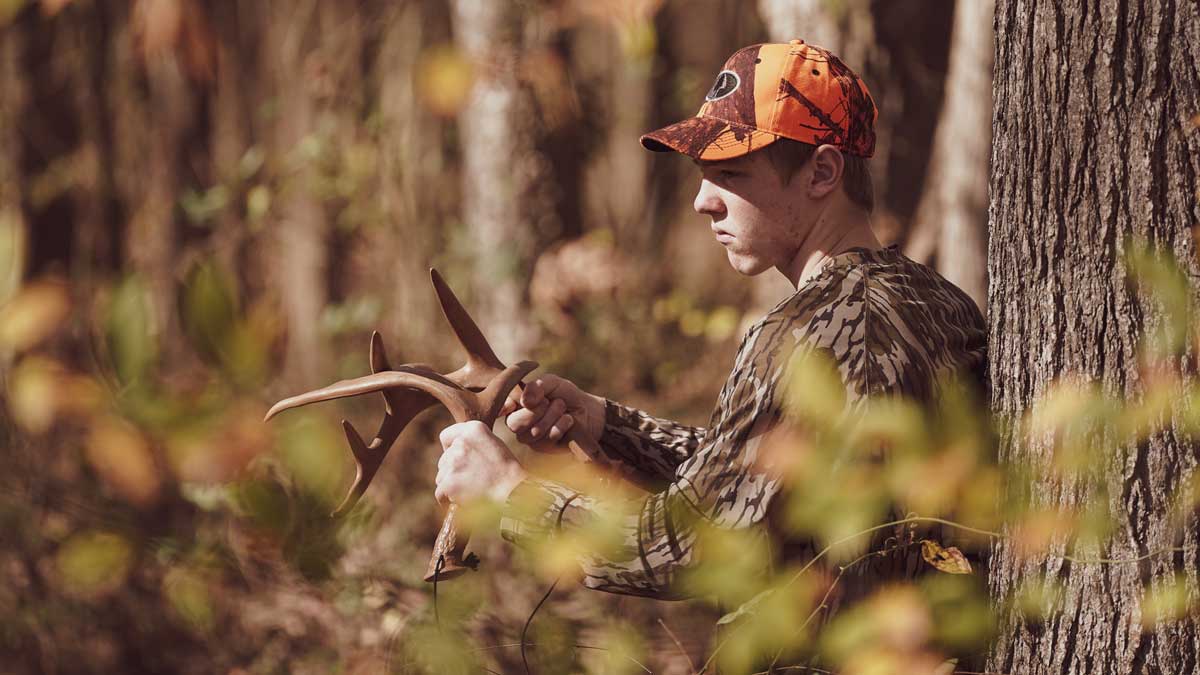
I’ve heard hunters make this complaint for years. I’ve heard it from grown men that have been hunting all their lives, and I’ve heard it from the rookie that’s just getting started. It’s truly surprising how many hunters don’t believe in the tactic of rattling for whitetail deer.
Don’t get me wrong. I know some parts of the country are better than others for tickling the tines to call up a deer. And buck to doe ratios certainly play a role in the amount of pushing and shoving that goes on between bucks. But regardless of where you are in the country, bucks will be fighting over the ladies. That’s why imitating such a fight with the rattling technique can, and will, work – even in the South. Here’s a look at some rattling tactics for the South to help you find success this season.
Less Antler More Action
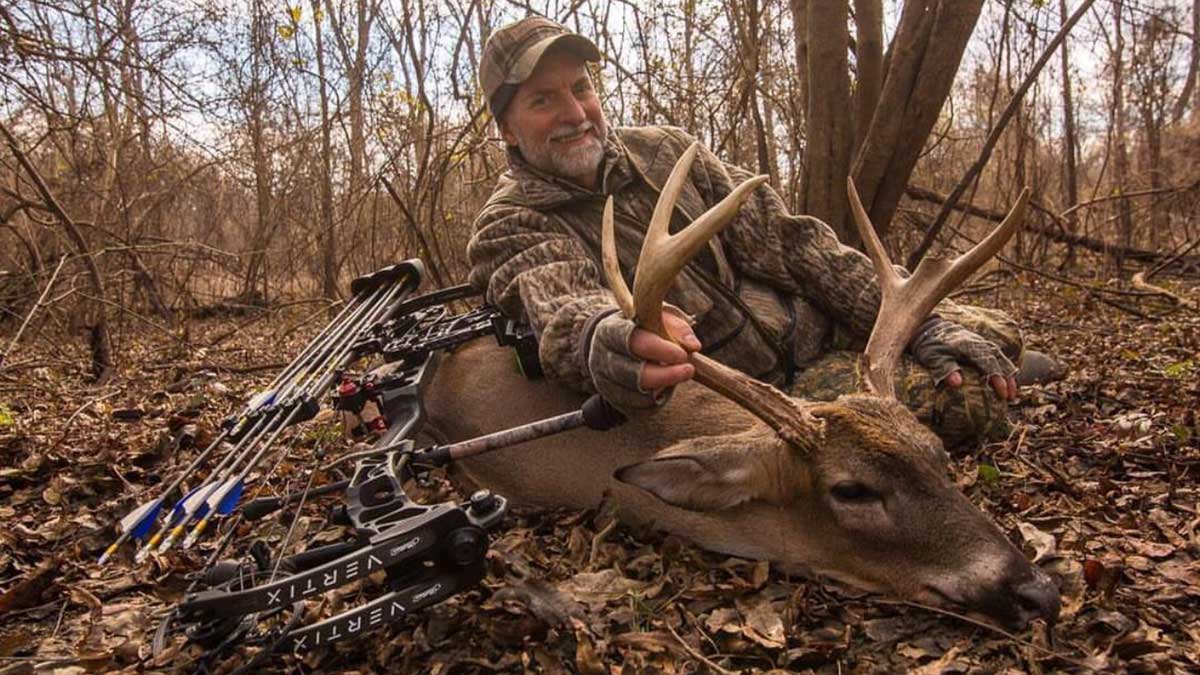
When it comes to calling deer in the South, few guys know the game better than Will Primos. That’s why he was the first phone call I made for insight on tactics for rattling in the South. Primos says that one of the biggest mistakes hunters make when it comes to rattling is their excessive bangin’ and clangin’ of the antlers when trying to mimic a fight.
“Bucks are locked up most of the time when they are fighting,” he says. “There’s rattling for a moment, then their antlers are locked up again and quiet. What you hear the most, however, is crashing and thrashing in the leaves. You hear sticks snapping, hooves stomping and brush breaking.”
The bulk of the noise comes from all the other commotion that goes with the fight, more so, than the clashing of antlers.
Primos says that there’s likely no better place on earth for rattling success than the state of Texas, but admits that he’s had some really good results in the Southeast as well when it comes to rattling.
Add Other Calls
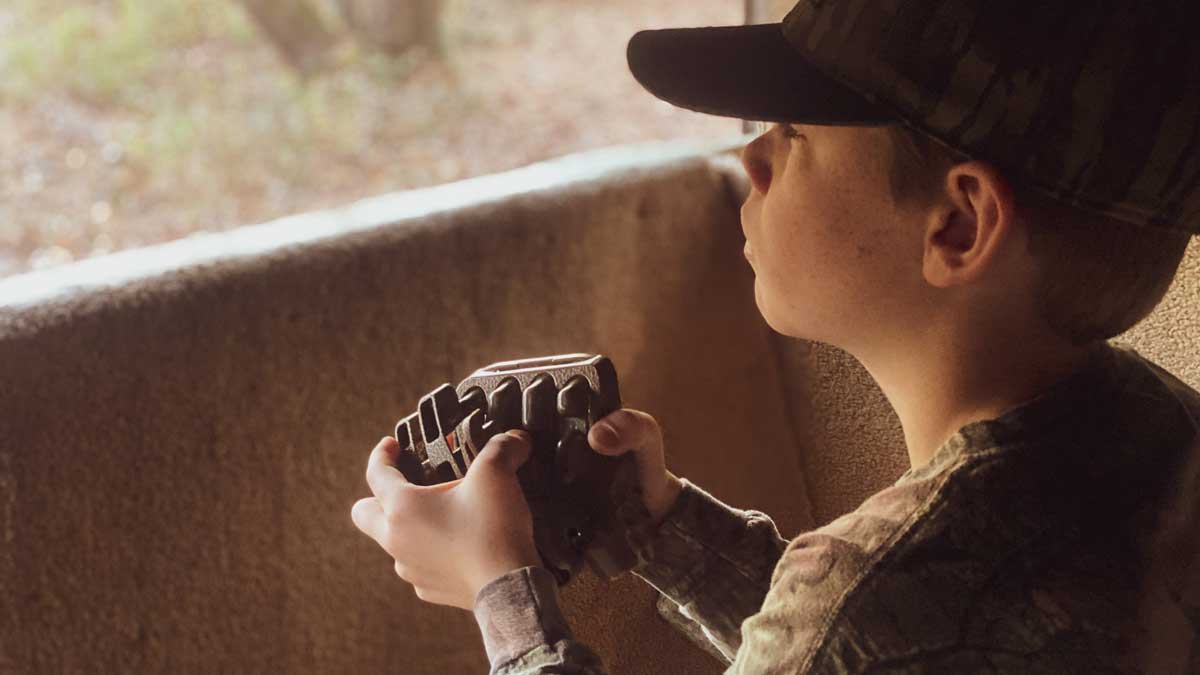
The key to a successful rattling sequence is to paint a legitimate picture in a buck’s mind. You need to make it so real he can hear it, see it, and almost taste it. He needs to know that he’s missing out on the party. That’s why it’s important to use a variety of calls for your rattling sequence. Be sure to add the natural sounds of a fight mentioned above by Primos, but also add your grunt call, estrous bleats and snort wheeze sounds.
“The excited growl or roar of a buck says that he means business,” says Primos. “The same goes for the snort wheeze. It means something! That buck is telling another buck that he’s too close to his doe, and he’s about to whip him.”
All these sounds shared in a rattling sequence paint the picture in a bucks mind – fighting, breeding, and feeding – that’s where the party’s at. That’s what you want to convey with your calling sequence.
Use a Decoy
Keeping with the concept of painting a picture with your calling sequence, try adding a decoy to the mix to seal the deal on a buck responding to your call. The call plays on the buck’s audial senses, but the decoy is often the visual he needs to march into range for the shot.
Primos recommends a buck and doe decoy combination when attempting to dupe a buck with rattling. “I like to use a bedded doe decoy with a buck decoy standing close by,” says Primos. “The bedded doe should be somewhat obscure, visible just enough that an approaching buck will know what’s holding the buck decoy’s attention. This puts the buck at ease as he approaches a decoy that’s standing still like a statue.”
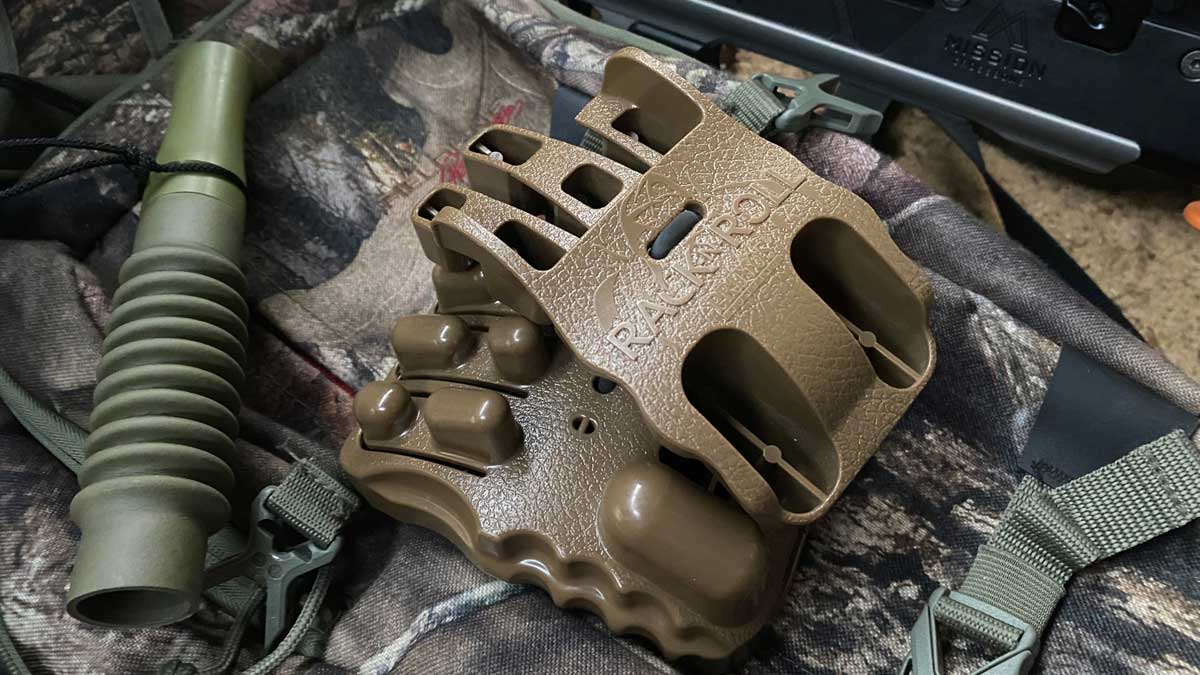
Play Hard to Get
One of the biggest mistakes hunters make in their rattling efforts is to call in the wide open. You see it all the time. A hunter calls, a buck responds and pops out in the field. He looks things over and turns to leave because there’s nothing there. His senses are incredibly sharp. He knows where that sound came from, to the very tree. And when he can’t see what he heard, he knows something is a little sketchy. That’s why he walks away.
Instead, try setting up with some type of terrain or landscape feature near your calling setup. A brush pile, creek bank, thicket, or anything else that’ll prevent him from seeing what he’s heard. This will make him come looking for you. You pique his interest with your calling, but let the obstructions near your setup be what draws him in close for confirmation.
What about you? What have you found that works best when it comes to rattling for deer? When have you had the greatest success when it comes to rattling deer? Be sure to comment below, and let us know what works best for you.

